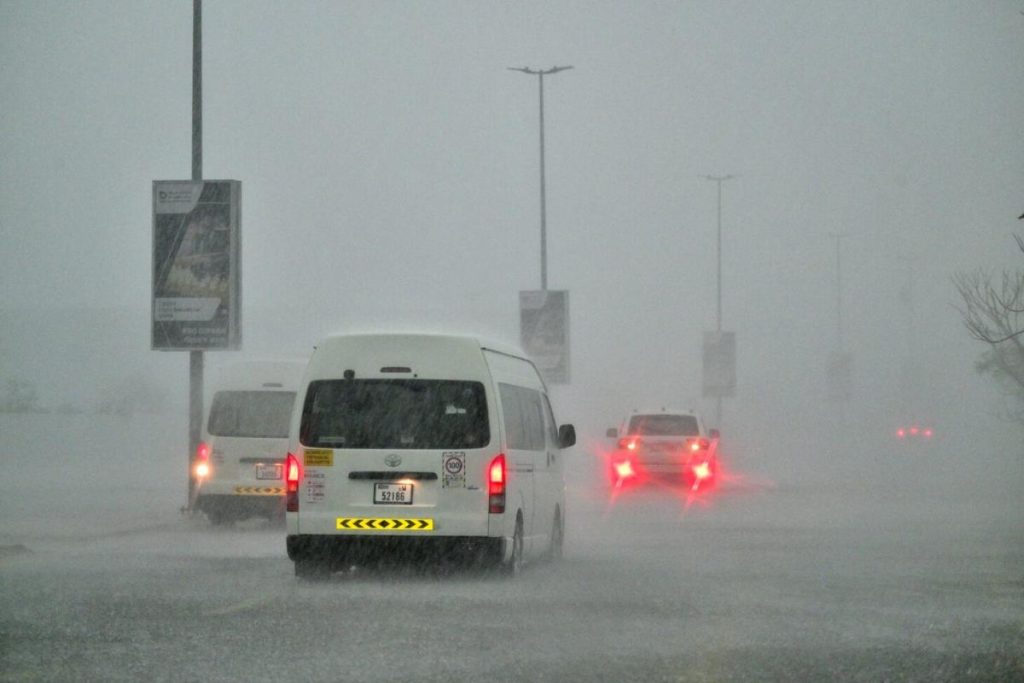Torrential rains in the United Arab Emirates led to flight cancellations, school closures, and traffic jams following one of the worst storms in decades. The UAE government had been conducting cloud seeding operations since 2002 in an attempt to address water security concerns, although meteorologists stated that it was unlikely to have had a significant impact on the rainfall. The National Center of Meteorology dispatched seeding planes to take advantage of convective cloud formations, using chemicals and tiny particles to coax more rain from the clouds.
Despite flooded houses and overflowing swimming pools, Dubai’s media office referred to the heavy downpours as “rains of goodness” in light of the increasing threat of heat-related deaths due to global warming. The storms were considered to be a result of heavy rains earlier in the year, with seven seeding missions completed by the NCM. The heavy rain caused disruptions at Dubai International Airport, leading to a 25-minute suspension of operations on Tuesday and ongoing disruptions into Wednesday. Emirates, one of the world’s largest airlines, suspended passenger check-ins for the day due to the weather conditions.
The UAE government issued warnings ahead of the heavy rains, advising people to stay at home and only leave in cases of extreme necessity. Remote working was extended until Wednesday for all federal employees. Social media was inundated with updates on the aftermath of the weather, with videos showing cars being swept off roads, ceilings collapsing, and the Dubai metro system experiencing disruptions. Residents had to deal with flooded apartments, underground car parks, power outages, and flooded roads in Abu Dhabi.
In neighboring Oman, heavy rains led to flooding that resulted in at least 18 deaths in recent days, according to reports from the country’s National Committee for Emergency Management. The UAE’s cloud seeding operations have been ongoing since 2002, although there is no evidence that they had a significant impact on the floods that occurred. The government hopes to address water security issues through these operations, despite the lack of drainage in many areas that can contribute to flooding. The National Center of Meteorology continues to monitor weather patterns and conduct seeding operations as needed.


